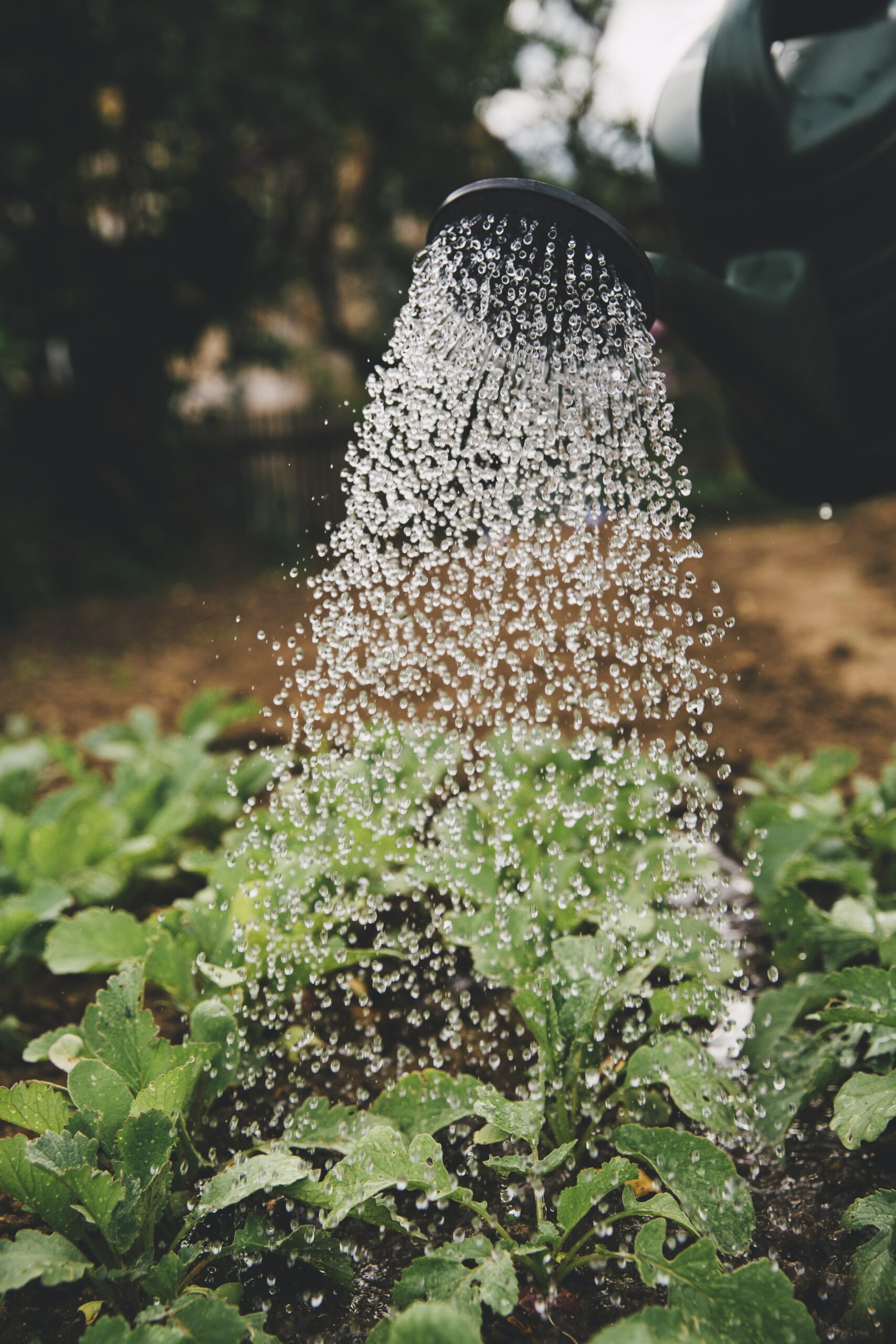Are you looking to revitalize your lawn and give it the care it deserves? Look no further! In this article, we will guide you through the process of selecting the perfect tool – whether it’s a scarifier or an aerator – to meet the specific needs of your lawn. With our expert advice, you’ll be well-equipped to transform your dull lawn into a lush, vibrant oasis that will be the envy of all your neighbors. So, let’s get started and make your lawn the talk of the town!
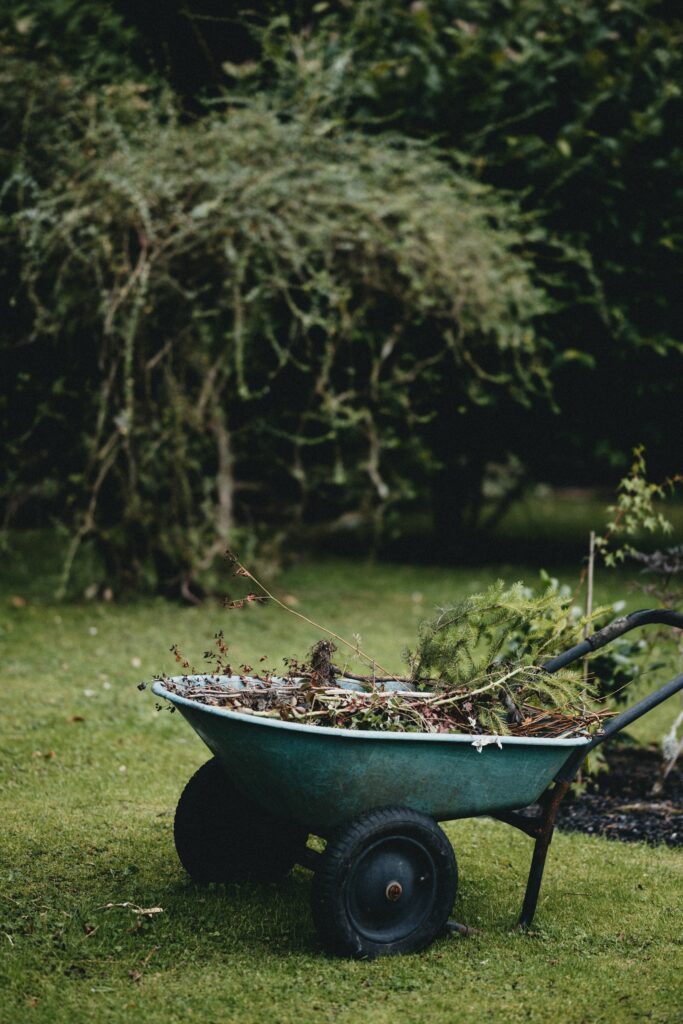
What are scarifiers and aerators?
Scarifiers and aerators are essential tools for maintaining a healthy lawn. They both serve different purposes in lawn care, but together they can greatly improve the overall condition of your lawn.
A scarifier, also known as a dethatcher, is a machine or tool that is used to remove thatch from the surface of the lawn. Thatch is a layer of dead grass, leaves, and other debris that accumulate over time. While a small amount of thatch is beneficial for the lawn, an excessive buildup can prevent water, air, and nutrients from reaching the roots of the grass.
On the other hand, an aerator is used to create small holes in the soil, allowing air, water, and nutrients to penetrate deep into the roots of the grass. Compacted soil can hinder the growth of the grass and lead to a weak and unhealthy lawn. Aerating the soil helps to alleviate compaction and promote healthy root growth.
Why are they important for lawn care?
Scarifiers and aerators are crucial for maintaining the health and appearance of your lawn. By removing thatch and aerating the soil, you can address common lawn problems and ensure that your grass is receiving the necessary nutrients and oxygen it needs to thrive.
Without proper scarification, thatch can build up and create an impenetrable barrier that prevents water from reaching the roots. This can lead to shallow root growth and weak, sparse grass. Scarifying also helps to enhance air circulation, preventing the growth of disease-causing fungi and promoting a healthier lawn.
Aerating the soil is equally important, especially if you have heavy clay soil or frequently use your lawn for activities such as playing or entertaining. Compacted soil restricts the movement of air, water, and nutrients, hindering the growth of the grass. By aerating the soil, you can relieve compaction, promote deep root growth, and ensure that the grass is receiving the necessary resources for optimal health.
Different Types of Scarifiers
When it comes to scarifiers, there are three main types to choose from: manual scarifiers, electric scarifiers, and petrol scarifiers. Each type has its own advantages and considerations, so it’s important to choose the one that best suits your needs and preferences.
Manual scarifiers
Manual scarifiers are the most basic and traditional type of scarifier. They typically consist of a rake or a hand tool with sharp blades or tines that are used to remove thatch manually. While manual scarifiers require more physical effort and can be time-consuming, they offer greater control and are suitable for smaller lawns.
Electric scarifiers
Electric scarifiers, also known as electric dethatchers, are powered by electricity and are more efficient than manual scarifiers. They feature rotating blades or tines that effectively remove thatch from the lawn. Electric scarifiers are easier to use and require less physical effort compared to manual scarifiers. However, they are better suited for medium-sized lawns due to their corded design and limited range.
Petrol scarifiers
Petrol scarifiers, or gas-powered scarifiers, are the most powerful and versatile option available. They are ideal for large lawns or areas with heavy thatch buildup. Petrol scarifiers are self-propelled and offer the greatest cutting width and depth, making them efficient for tackling larger lawns. However, they can be more expensive, heavier, and require regular maintenance.
Features to Consider When Choosing a Scarifier
When choosing a scarifier, there are several important features to consider to ensure that you select the right tool for your needs. These features include cutting width and depth, number and type of blades, collection options, ease of use, and maneuverability.
Cutting width and depth
The cutting width and depth of a scarifier determine how much area it can cover and how effectively it can remove thatch. Larger cutting widths are beneficial for larger lawns as they can cover more ground in less time. Similarly, adjustable cutting depths allow you to customize the level of thatch removal based on the condition of your lawn.
Number and type of blades
The number and type of blades or tines on a scarifier can significantly impact its performance. Scarifiers with more blades or tines can remove thatch more efficiently, while adjustable blades allow you to adapt to different lawn conditions. Consider the quality and durability of the blades as well to ensure long-lasting effectiveness.
Collection options
Some scarifiers come with collection bags or boxes that collect the removed thatch, making it easier to clean up after scarifying. This is especially useful if you have a large lawn and want to avoid the hassle of raking and disposing of the thatch manually. Choose a scarifier with a collection option that suits your needs and preferences.
Ease of use and maneuverability
Consider the weight, handle design, and overall ergonomics of the scarifier to ensure ease of use and maneuverability. A lightweight and well-balanced scarifier will be easier to handle and maneuver, reducing fatigue and allowing for more efficient scarifying. Look for features such as adjustable handles and foldable designs for added convenience during storage.
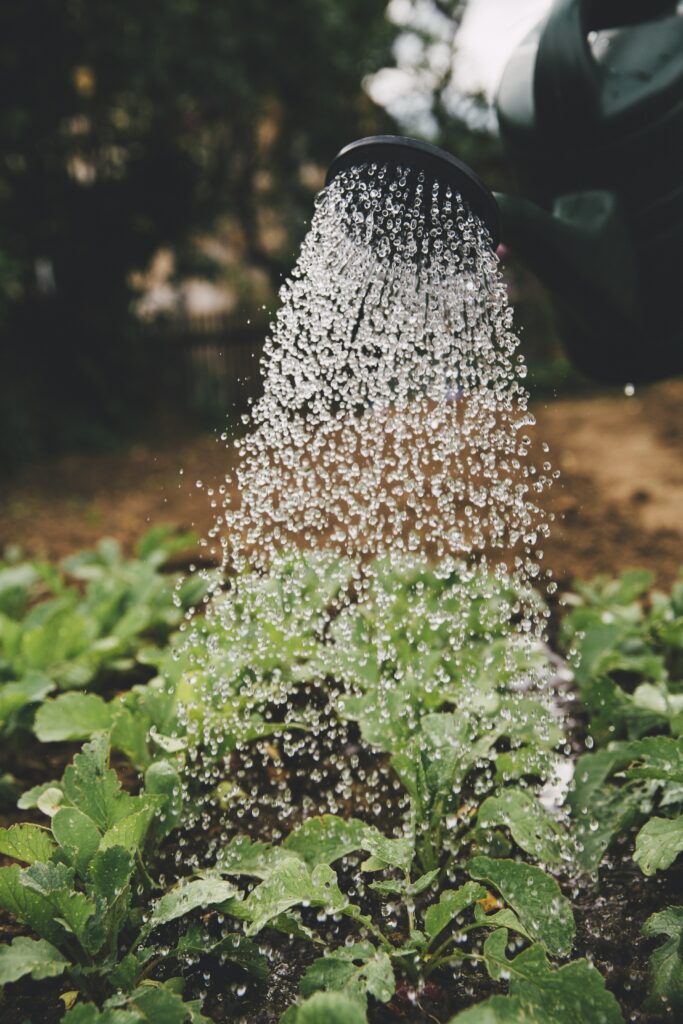
Types of Aerators
Just like scarifiers, aerators come in different types, each with its own advantages and considerations. The three main types of aerators are spiked aerators, plug aerators, and slicing or slitting aerators. Understanding the differences among these types will help you choose the most suitable aerator for your lawn.
Spiked aerators
Spiked aerators, also known as solid tine aerators, consist of a solid tine or fork-like spikes that puncture the ground to create holes in the soil. These aerators are generally more affordable and easier to use, making them suitable for small to medium-sized lawns. However, they may not be as effective in heavily compacted soil.
Plug aerators
Plug aerators, also called core aerators, are designed to remove small plugs or cores of soil from the ground. These cores are then left on the lawn’s surface to break down naturally. Plug aerators are highly effective in relieving soil compaction, promoting deep root growth, and allowing water and nutrients to penetrate the soil. However, they can be heavier and require more effort to operate, making them more suitable for larger lawns.
Slicing or slitting aerators
Slicing or slitting aerators use rotating blades or discs to create narrow slits or slices in the soil. This type of aerator is less invasive compared to spiked or plug aerators and is ideal for maintaining an already aerated lawn. It helps to prevent soil compaction and improve water and nutrient absorption, making it suitable for medium to large lawns. However, slicing or slitting aerators may not be as effective in heavily compacted soil.
Factors to Consider When Choosing an Aerator
Selecting the right aerator for your lawn involves considering various factors such as soil type and condition, the size of the lawn, time and effort required, and budget considerations.
Soil type and condition
Different types of soil may require different types of aerators. Heavy clay soils, for example, benefit from plug aerators that can effectively break up and alleviate compaction. In contrast, loamy or sandy soils may not require as heavy-duty of an aerator. Additionally, the overall condition of your soil, such as its level of compaction, will also play a role in determining the most suitable aerator for your lawn.
Size of lawn
The size of your lawn is an important consideration when choosing an aerator. Smaller lawns can be effectively aerated with spike aerators or smaller plug aerators. For larger lawns, a larger plug aerator or a walk-behind aerator may be more appropriate. Consider the weight and maneuverability of the aerator, as larger models may be more difficult to handle for extended periods of time.
Time and effort required
Different types of aerators require varying levels of time and effort to operate. Spike aerators are generally quicker and easier to use, making them more suitable for homeowners with limited time or physical capabilities. Plug aerators, on the other hand, may take longer and require more effort due to the extraction of soil cores. Consider your available time and energy when selecting an aerator.
Budget considerations
Aerators come in a range of prices, so consider your budget when making a purchase. Spike aerators are often the most affordable option, while plug aerators and walk-behind aerators tend to be more expensive. Evaluate the features and benefits of each type of aerator against your budget to determine the best value for your money.
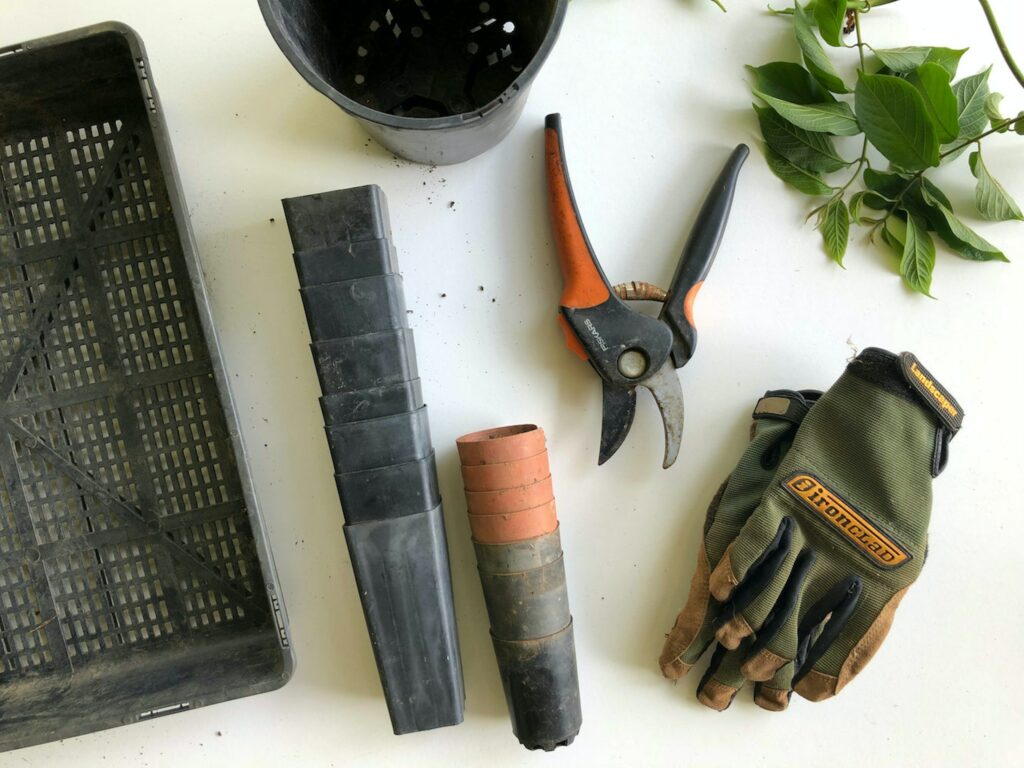
Benefits of Scarifying
Scarifying your lawn brings a multitude of benefits that contribute to its overall health and appearance. Regular scarifying can help remove thatch, improve air circulation, stimulate grass growth, and enhance nutrient absorption.
Removing thatch
The primary purpose of scarifying is to remove excess thatch from the lawn. Thatch buildup can impede the flow of air, water, and nutrients to the roots of the grass, leading to shallow root growth and poor overall health. By removing the thatch layer, scarifying allows for the unhindered movement of these essential elements, promoting a healthier and more vibrant lawn.
Improving air circulation
Scarifying helps to enhance air circulation in the lawn, which is vital for the health of the grass. A thick thatch layer creates a barrier that restricts air movement, providing a conducive environment for the growth of disease-causing fungi and suffocating the grass. By removing thatch, scarifying promotes the flow of fresh air, reducing the risk of fungal diseases and ensuring the grass receives the necessary oxygen for optimal growth.
Stimulating grass growth
Scarifying stimulates grass growth by creating tiny wounds on the surface of the lawn. These wounds encourage the grass to produce new shoots and fill in thin or bare areas. Additionally, scarifying promotes lateral growth, leading to a thicker and denser lawn. By regularly scarifying your lawn, you can achieve a lush, healthy carpet of grass that is highly resistant to weeds and other undesirable plants.
Enhancing nutrient absorption
Scarifying improves nutrient absorption by allowing fertilizers and other soil amendments to reach the root zone more effectively. When thatch accumulates on the soil surface, it acts as a barrier, preventing nutrients from reaching the roots. By removing the thatch layer through scarifying, you create a direct pathway for fertilizers and other nutrients to penetrate the soil and be absorbed by the grass, promoting healthy growth and vibrant color.
Benefits of Aerating
Aerating your lawn offers a range of benefits that are essential for maintaining a healthy and vigorous grass. By relieving soil compaction, allowing water and nutrients to penetrate, encouraging deep root growth, and enhancing soil microbe activity, aeration can significantly improve the overall quality of your lawn.
Relieving soil compaction
One of the primary benefits of aerating is the relief of soil compaction. Over time, soil can become compacted, particularly in high-traffic areas or heavy clay soils. Compacted soil restricts the movement of air, water, and nutrients, leading to poor grass growth, drainage issues, and increased susceptibility to diseases. By creating holes in the soil, aeration loosens the compacted soil, allowing it to breathe and facilitating the movement of essential resources.
Allowing water and nutrients to penetrate
Proper water and nutrient penetration are essential for a healthy lawn. Compacted soil inhibits the absorption of water, causing it to sit on the surface or runoff, resulting in wasted resources and poor grass growth. Aeration creates channels in the soil, allowing water and nutrients to penetrate deep into the root zone. This ensures that the grass receives an adequate water supply and necessary nutrients to support healthy growth and vibrant color.
Encouraging deep root growth
Deep root growth is crucial for a strong and resilient lawn. When soil becomes compacted, grass roots are unable to penetrate deeply, resulting in shallow root systems that are easily damaged by stress, drought, or disease. By aerating the soil, you provide the grass with an opportunity to develop deep root systems, enhancing its ability to withstand adverse conditions and improving overall lawn health.
Enhancing soil microbe activity
Soil microorganisms play a vital role in maintaining the health and fertility of the soil. Compacted soil restricts the movement and activity of these microorganisms, impacting their ability to break down organic matter and release nutrients. Aeration creates a conducive environment for soil microbe activity, allowing them to thrive and promote the natural decomposition of organic matter. This improves nutrient availability, enhances soil structure, and contributes to the overall health of the lawn.
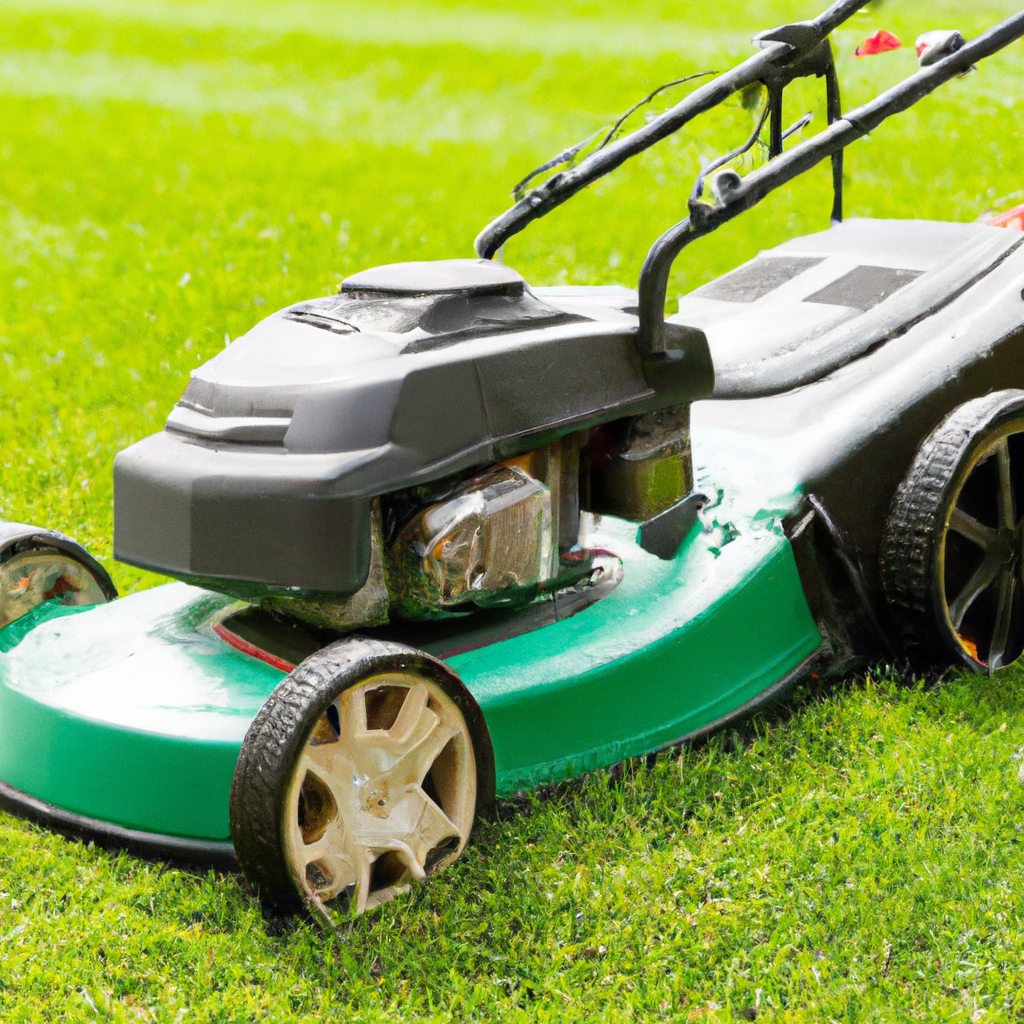
Combining Scarifying and Aerating
While scarifying and aerating are separate processes with distinct benefits, there are certain situations where combining them can be advantageous. Understanding when and why to combine scarifying and aerating will enable you to make the most informed decision for your lawn care routine.
When to combine both processes
Combining scarifying and aerating is particularly beneficial in lawns with significant thatch buildup and soil compaction. If your lawn has a thick layer of thatch and compacted soil, performing both processes concurrently can produce the best results. Scarifying first will remove the thatch, and then aerating will address soil compaction, allowing for efficient water, air, and nutrient movement.
Benefits of combining scarifying and aerating
By combining scarifying and aerating, you can address two common lawn problems simultaneously, resulting in a healthier and more vibrant lawn. Removing thatch through scarifying allows for better penetration of air, water, and nutrients, while aerating relieves soil compaction, facilitating deep root growth. Together, these processes create an optimal environment for the grass and promote overall lawn health and vigor.
Maintenance and Safety Tips
Proper maintenance and safety practices are essential when using scarifiers and aerators. By following these tips, you can ensure the longevity and efficiency of your tools while keeping yourself and others safe.
Cleaning and maintaining scarifiers and aerators
Regular cleaning and maintenance of scarifiers and aerators are important for their optimal functioning. After each use, remove any debris or grass buildup from the blades or tines. If necessary, use a brush or hose to clean hard-to-reach areas. Lubricate moving parts as recommended by the manufacturer to prevent rusting and ensure smooth operation. Store your tools in a clean, dry, and secure location to prevent damage and prolong their lifespan.
Safety precautions while operating the tools
When operating scarifiers and aerators, it is crucial to prioritize safety to prevent accidents or injuries. Follow these safety precautions to ensure a safe working environment:
- Wear appropriate protective gear, including goggles, gloves, long pants, and sturdy footwear.
- Familiarize yourself with the user manual and operating instructions before using the tools.
- Ensure that the blades or tines are properly secured, and the tool is in good working condition.
- Keep bystanders, children, and pets at a safe distance when operating the tools.
- Avoid operating the tools on wet or slippery surfaces to prevent falls or loss of control.
- Use caution when working on slopes or uneven terrain to prevent accidents or tip-overs.
- Disconnect the power source or shut off the engine before making any adjustments or maintenance.
By adhering to these safety precautions, you can minimize the risk of accidents and injuries and enjoy a safe and rewarding lawn care experience.

Conclusion
When it comes to maintaining a healthy and vibrant lawn, scarifiers and aerators are indispensable tools. Both scarifying and aerating play a vital role in addressing common lawn problems and promoting optimal grass growth. By choosing the right scarifier and aerator for your needs, considering factors such as cutting width, depth, and soil conditions, you can ensure that your lawn receives the care it deserves. Regular maintenance, combined with proper safety practices, will help you achieve a healthy and thriving lawn that you can enjoy year-round. So, invest in the right tools, take the time to care for your lawn, and reap the rewards of a lush and beautiful outdoor space.
